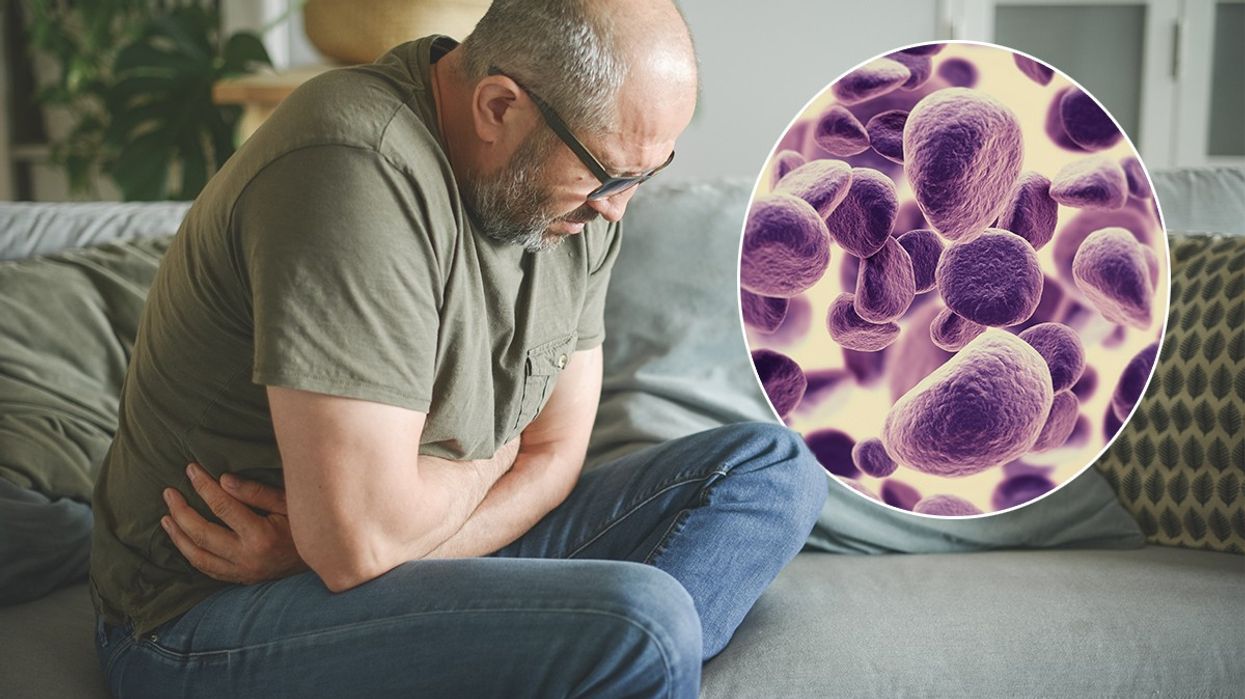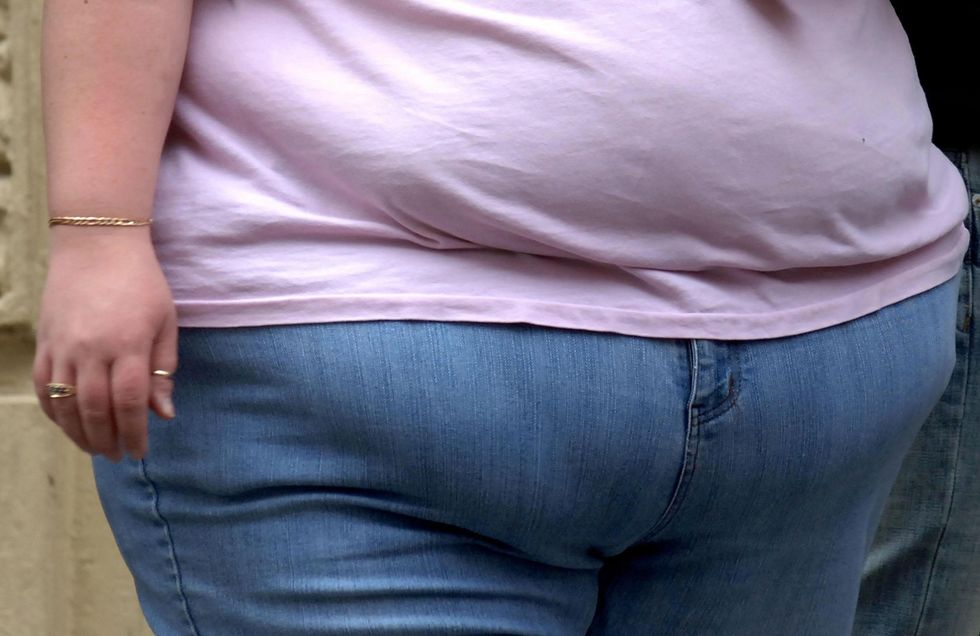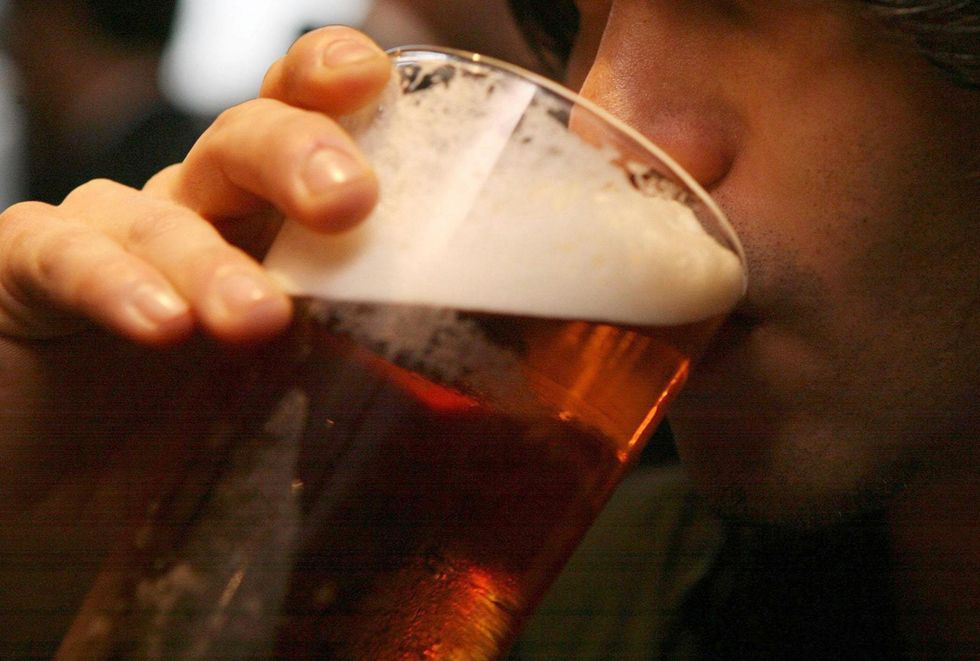Cancer death rates in middle-aged Britons fall by a third but cases of four cancers rising 'substantially'

Cancer death rates have fallen by a third over the last 25 years but cases of liver, melanoma, oral and kidney are rising
|Getty Images

- Fewer middle-aged people are dying from cancer than at any point in 25 years
- Cases of liver, melanoma, oral and kidney are rising due to a range of lifestyle factors
Don't Miss
Most Read
The number of middle-aged Britons dying from cancer has fallen by a third over the last 25 years but cases are on the increase in four areas, a new study shows.
The new study, from Cancer Research UK and published in the British Medical Journal (BMJ), found death rates from the disease among those aged 35 to 69 have plummeted, thanks to screening, better treatments and policies aimed at cutting smoking.
However, the UK-wide study warns that improvements in survival are slowing down, while cancer cases are rising, with a 57 percent jump in men and a 48 percent jump in women over the 25-year period.
In 1993, some 55,014 cancer cases were registered in men, but this rose to 86,297 in 2018, while in women the rise was from 60,187 to 88,970.

Increasing rates of obesity are thought to be behind the rise in cancer cases
| PAThe researchers said the increases were mainly driven by rises in prostate and breast cancer, in part thanks to tests and screening, though there were also “concerning” rises in melanoma, liver, oral and kidney cancers.
While cancer cases are rising due to a growing population, factors such as obesity, drinking too much and being inactive play a role, they said.
Cancer Research UK said that, if action is taken against smoking, being overweight and obesity and alcohol, nearly 37,000 cancer cases could be prevented by 2040.
According to the study, four cancers (liver, melanoma, oral and kidney) showed “substantial increases in incidence” of more than two percent per year in both sexes across the 25 years.
The researchers said these are linked to known lifestyle factors, such as alcohol consumption, smoking, sun exposure and being overweight or obese.
“Increases in liver cancer incidence and mortality for both men and women are very concerning, with nearly one in two attributable to modifiable risk factors,” they said.
“With high prevalence of overweight and obesity and diabetes in the general population, other studies expect the rates to remain high.”
Being overweight or obese can cause 13 cancer types, such as stomach, bowel, liver, pancreatic, gallbladder, breast, uterus, ovary, kidney and thyroid.
LATEST DEVELOPMENTS

Alcohol has been linked to seven types of cancer, including mouth, upper throat, larynx, oesophagus, breast and bowel
| PAMeanwhile, alcohol has been linked to seven types of cancer, including mouth, upper throat, larynx, oesophagus, breast and bowel cancer.
The study found that, overall, death rates have dropped by 37 percent in men and by 33 percent in women over the 25 years, when accounting for the growing and ageing population.
Success against individual cancers is noted.
For example, cervical cancer death rates fell by 54 percent, reflecting NHS cervical screening and the introduction of a vaccine against human papillomavirus (HPV), which causes most cervical cancer cases.
Lung cancer death rates also fell, by 53 percent in men and 21 percent in women, thanks to drops in the number of people smoking.
Drops were also noted for stomach, mesothelioma and bladder cancers in men, and stomach and non-Hodgkin lymphoma in women.
To ensure that the statistics keep heading in the right direction, Britons are being urged to spot any new or worrying symptoms.
Telltale signs include:
- Coughing
- Chest pain and breathlessness
- Changes in bowel habits
- Bloating
- Bleeding
- Lumps
- Moles
- Unexplained weight loss
- Tummy or back pain










